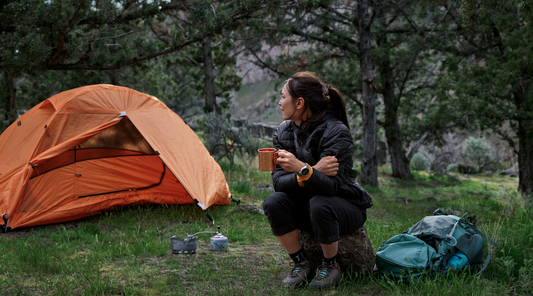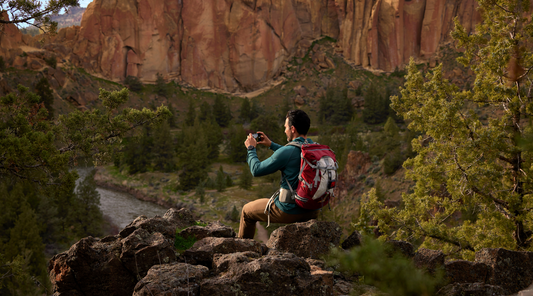Your cart is empty
Introduction to Tracking Devices: Enhancing Safety and Exploration
Satellite tracking devices are designed to be discreet, unobtrusive units that can either monitor the location of teams or individuals, or valuable assets either in storage or on the move. Able to be placed on vehicles such as cars, vans, trucks, even jet skis, trailers, or caravans, satellite trackers can be used in a variety of applications. Some, available from OSAT, are so small and lightweight that they can be used to track roaming groups of livestock.
Satellite Trackers: Global Coverage and Uninterrupted Connectivity
Some of the most popular products we sell belong to our range of SPOT trackers. From the SPOT-X and SPOT TRACE, to the powerful SPOT GEN4, these compact and lightweight trackers have global coverage levels, meaning you can track anything from any location. They ping their location to a central mapping portal at regular intervals, meaning those back home can monitor your location if you’re carrying a SPOT tracker off-grid, or you yourself can check the status and location of a precious asset such as a car in storage while you’re on vacation. The SPOT GEN4 also has an integrated SOS function, meaning if you run into trouble in a remote region, you can initiate a rescue mission from nearby search and rescue coordination centers.
GSM Trackers: Cellular Connectivity for Reliable Tracking
Global System for Mobile communication trackers, or GSM trackers, are a lot less glamorous than other satellite trackers but they serve an equal purpose in the world of asset tracking. Operating only within GSM areas, they use cellular phone coverage in order to ping the location of a tracked asset. These trackers, therefore, do not operate via satellite, but rather utilize all networks from 2G – 4G in some cases. GSM trackers are ideal for those looking to track somebody or something that will be within a GSM coverage area, even sometimes inside buildings. These tracking devices use GSM mobile phone networks to transmit GPS data, so are less expensive and smaller in size than satellite asset trackers.
GPS Handhelds: Navigation and Tracking Combined
Our range of GPS handhelds by Garmin offer the one-two combo of real-time navigation on-the-move as well as location tracking and even SOS alerts in some devices. They are the ultimate for serious off-road adventure-seekers, however do come with a price tag to match. They are rugged and comfortable in the hand, designed for long periods of time being carried, particularly in all weather conditions. With the ability to use their integrated mapping features on and offline, Garmin handheld GPS trackers are lifelines for individuals in remote regions.
Finding the Best Satellite Tracker for Hiking Adventures
Taking on any kind of hiking adventure demands the need to be contactable, wherever you end up. Depending on budget, you could opt for a device such as the Garmin inReach® Mini 2 which offers two-way messaging, check-ins, SOS, and basic navigational features. However, something like the SPOT GEN4, which is roughly half the price of the Mini 2 at $149.95, caters for SOS requirements, custom or predefined messaging, interval tracking, and durability. It is one of our top-selling products of all time, and we would recommend it as the best satellite tracker for hiking.
Choosing the Right Tracker for Your Adventure
Choosing the right tracker for your next adventure depends on various factors that are specific to your needs and the nature of your adventure. Here are some steps to help you make an informed decision:
- Adventure Type: Different adventures require different types of trackers. For example, a hiking trip might require a rugged GPS-enabled tracker, while a city exploration could benefit from a more discreet and lightweight option.
- Battery Life: Evaluate the battery life of the tracker. Longer battery life is crucial for extended adventures, especially when you might not have access to regular charging.
- Durability: Consider the durability of the tracker. If you're engaging in outdoor activities, you'll want a tracker that can withstand environmental factors like water, dust, and impacts.
- Connectivity: Check if the tracker can connect to your smartphone or other devices via Bluetooth or other wireless technologies. This allows you to sync and analyze your data easily.
- Budget: Set a budget for your tracker. There are various options available at different price points, so it's important to balance your needs with what you're willing to spend.
- Size and Comfort: The tracker should be comfortable to wear for extended periods. Consider the size, weight, and design of the device.
As always, our team of experts at OSAT is here to help. So, if you need any advice about our range of satellite trackers, contact us via:
- Email: info@osat.com
- Phone: +1 305 560 5355



